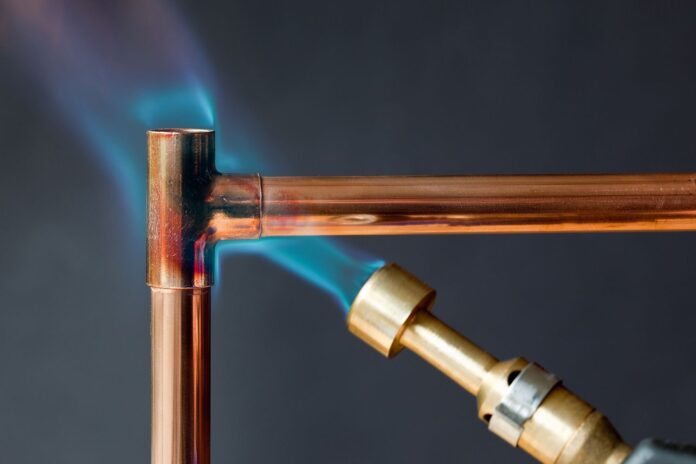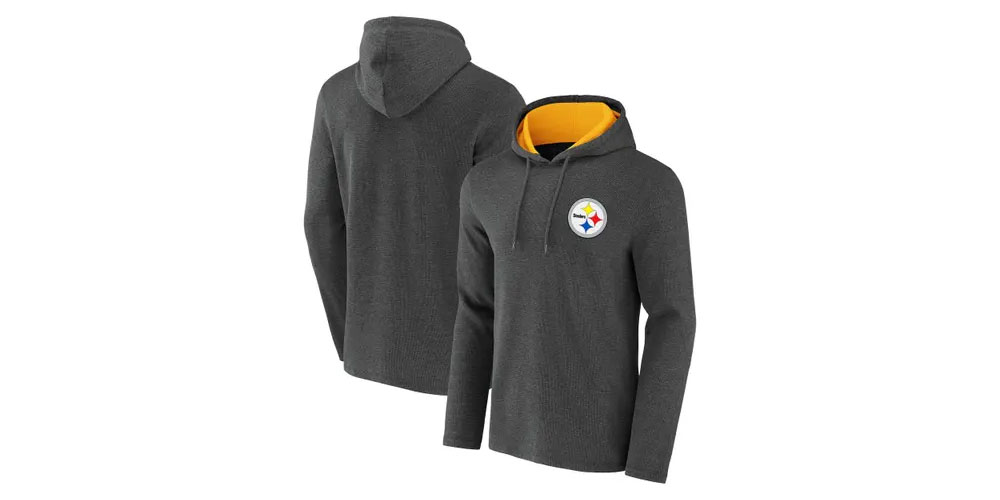A heat pipe is a thin, metal tube with an inner wick lining. The wick acts as a capillary for a small amount of fluid, which the copper heat pipe collects. The surface of the heat pipe warms up, and the fluid flows through it. Under a partial vacuum, the fluid changes to vapor, increasing pressure and releasing energy in the form of heat. It continues this process until it condenses back into a fluid again.
Heat pipes can be shaped into almost any shape, including flattened surfaces. The minimum bend radius is three times the diameter of the pipe. In addition, bending reduces Qmax. In general, tighter bends result in a larger decrease in Qmax than smooth, gradual bends. However, the minimum bend radius was found to be one-third the original diameter. This means that the maximum heat transport capacity of a heat pipe copper can be achieved with this type of copper.
High thermal conductivity of heat pipes
A heat pipe copper is a common choice for HVAC systems because of its high thermal conductivity. The material is also extremely lightweight, making it an ideal choice for use in hot environments. It can also be shaped to fit any contour. For this reason, it is more efficient than traditional heat-pipes. They are ideal for outdoor heating and cooling. They can even be used in hot cars. This article will introduce you to heat pipes and the different ways they can be used in a heating and cooling system.
The high thermal conductivity of heat pipes allows it to transfer hundreds of times more heat than any other material. As a result, a copper heat pipe can be used to reduce a lot of energy. The copper pipe is particularly useful for HVAC applications. They can even be used for heating and cooling in a refrigerator. The best heatpipes are also available in a variety of shapes and can fit into almost any contour.
Heat pipes are used in all kinds of applications. It is the ideal material for CFD modeling of two-phase devices because of its high thermal conductivity. This material is also available in branch pipes and vacuum tubes. In addition to its many advantages, heat pipes are also available in many different sizes. You can choose the size and color that works best for you. It’s important to know how they fit in your application. It is also important to make sure that the pipe has the right thermal capacity.
The temperature ranges of heat pipes are a critical factor for determining the efficiency of a given system. Those that run at lower temperatures need to be more efficient. A copper water heat pipe can be a better choice for your application if the temperature difference between the ends of the pipes is low enough. This material also dissipates heat more efficiently than the other two. If the two end temperatures are the same, the pipes will work.
Heat pipes are used in a wide range of systems
These systems are used in various applications based on their operating principles, thermal performance, conductivity, spatial restrictions, and costs. They help transfer heat from one location to another, which is an essential part of electronics. A heat pipe helps transfer heat from chip to remote heat sinks. This material is used in a variety of different systems and products. You can find a copper water pipe at any local plumbing supply center.









